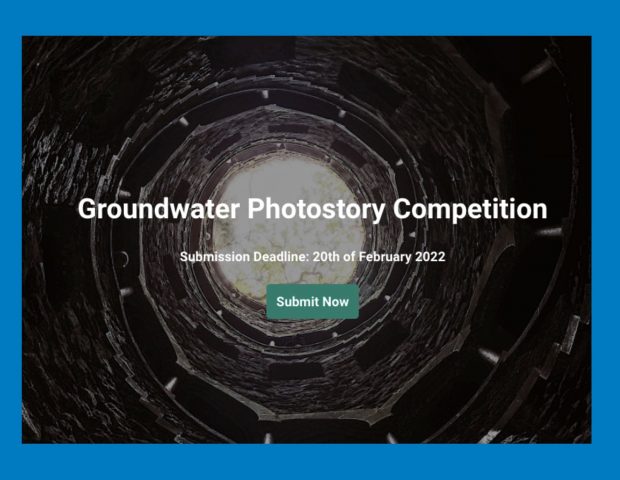
IWRA is pleased to announce the launch of the Groundwater Photo Story Competition in partnership with the Water Science Policy and UNESCO.
The goal of this exciting initiative is to raise awareness around groundwater. Furthermore, we anticipate this competition will create greater recognition of the role of groundwater for survival.
On World Water Day 2022, three winners will be announced. The selected winners will receive a financial prize, as well as a feature in an educational groundwater photography book, which will be released in 2022. All other submissions will be considered for publication via Water Science Policy’s website, as well as for inclusion in the photography book.
Prize details:
- 1st place: 400€ + published via WSPs website + featured in photo-book + free photo-book copy
- 2nd place: 200€ + published via WSPs website + featured in photo-book + free photo-book copy
- 3rd place: 100€ + published via WSPs website + featured in photo-book + free photo-book copy
Submission details:
Submit the following to contact@watersciencepolicy.com by the 20th February 2022:
- 5-15 pictures (.jpg or .png with a resolution of at least 1920×1080)
- A short water story to connect with the audience (about 300 to 500 words).
- Short caption for each of the pictures.
Why Groundwater?
Groundwater is the world’s most important source of freshwater. It supplies 2 billion people with drinking water and is used for irrigation of the largest share of the world’s food supply. However, in many regions around the world, groundwater reserves are depleting as the resource is being pumped faster than it is being renewed by rain infiltrating through the soil. Additionally, in many cases, we are still clueless about how long we can keep drawing down these water reserves before groundwater depletion will have devastating impacts on environmental and socio-economic systems. Indeed, these devastating effects are already being observed.




